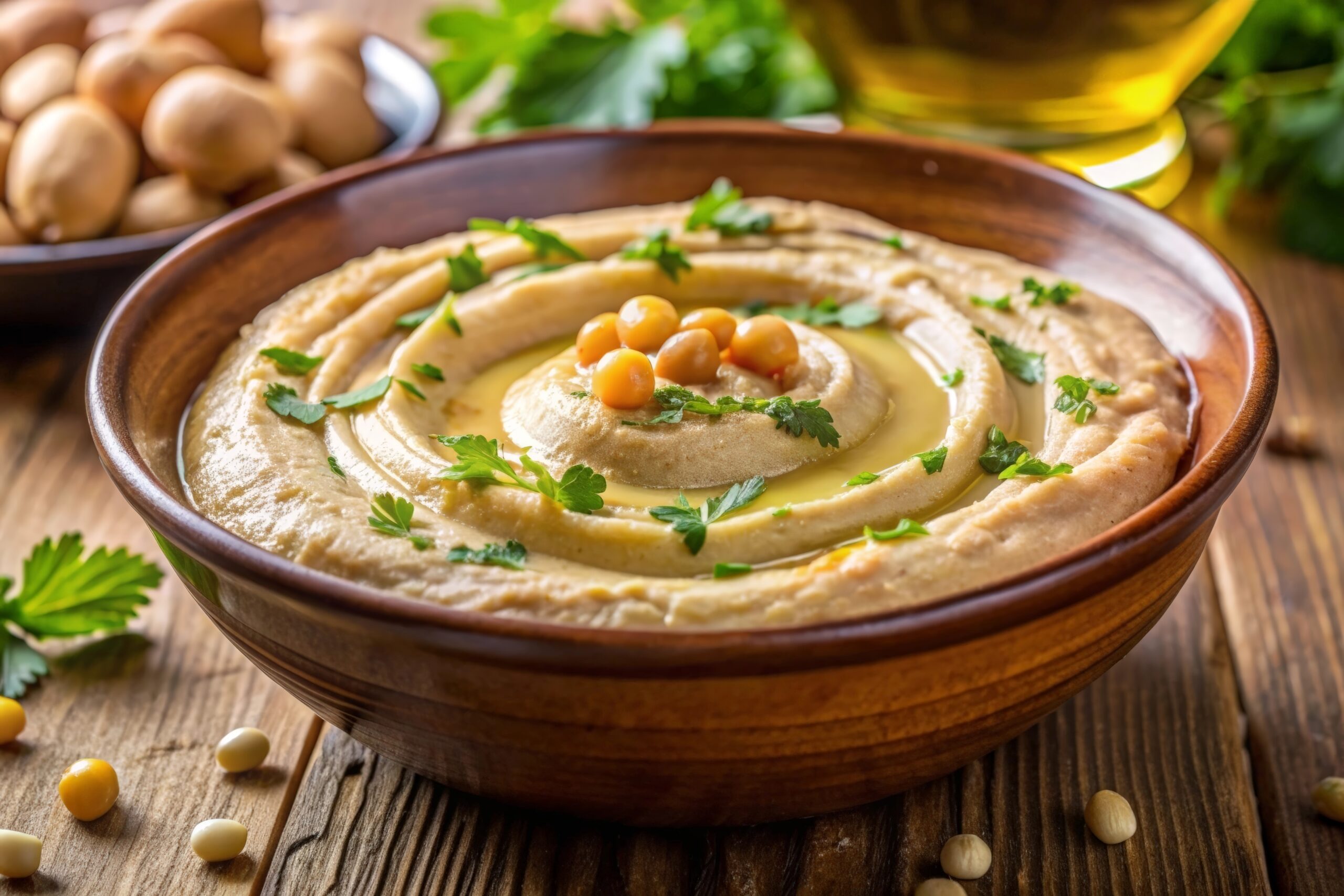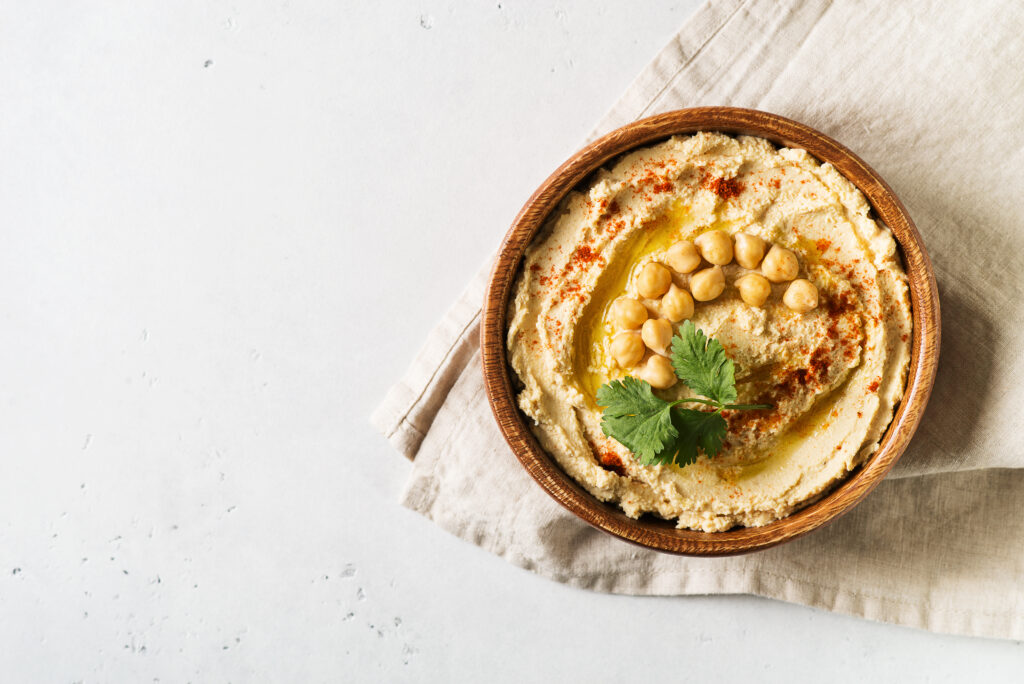50 Energizing Zumba Quotes to Keep You Moving and Grooving


Hummus, a beloved staple of Middle Eastern cuisine, has become a global sensation thanks to its creamy texture, rich flavor, and nutritional benefits. However, achieving the perfect homemade hummus can be a challenge for many home cooks. This guide will walk you through the essential ingredients, common pitfalls, and expert techniques to help you master the art of hummus-making. With practical advice and troubleshooting tips, you’ll soon be creating hummus that rivals any store-bought version.
Chickpeas are the heart of hummus, and choosing between canned and dried can impact the final product. Canned chickpeas offer convenience, while dried chickpeas provide a richer flavor when cooked properly.
Canned chickpeas are pre-cooked and ready to use, making them a quick option for those short on time. Simply rinse them well to remove any canning liquid and excess sodium.
For a deeper flavor, soak dried chickpeas overnight and cook them until tender. This method requires more time but rewards you with a fresher taste and smoother texture.
Tahini, a paste made from sesame seeds, adds a nutty richness to hummus. Using high-quality tahini is crucial for achieving a balanced flavor.
When choosing tahini, look for a smooth consistency and a fresh, nutty aroma. Stir well before using, as natural oils tend to separate.
Olive oil contributes to the creaminess and depth of flavor in hummus. Extra virgin olive oil is preferred for its robust taste and health benefits.
Drizzle extra virgin olive oil over the finished hummus for a flavorful garnish, or blend it directly into the mixture for a silkier texture.

A secret to ultra-smooth hummus is the addition of ice-cold water during blending. This technique helps emulsify the ingredients, resulting in a lighter and fluffier consistency.
Start by adding a few tablespoons of ice water, blending until smooth, and adjusting as needed to reach your desired texture.
Lemon juice and garlic are essential for brightening and balancing the flavors in hummus. Freshly squeezed lemon juice provides acidity, while garlic adds a pungent kick.
For a milder garlic flavor, roast the cloves before blending. Adjust the amount of lemon juice to suit your taste preferences.
Even seasoned cooks can stumble when making hummus. Here are some common mistakes to avoid:
If your hummus turns out bitter or gritty, don’t despair. Here are some troubleshooting tips:
Bitterness can often be attributed to using older or low-quality tahini. Try adding a bit more lemon juice or a pinch of sugar to balance the flavors.
Grittiness usually results from undercooked chickpeas. Ensure they are tender before blending or process them longer to achieve a smoother texture.
Once you’ve mastered the classic hummus, consider experimenting with variations to suit different palates and occasions.
Add roasted red peppers for a smoky sweetness that pairs beautifully with the creamy base. Blend them in with the other ingredients until smooth.
For a kick of heat, incorporate chopped jalapeños and a dash of cayenne pepper. Adjust the spice level to your liking.
Explore these unique hummus recipes to diversify your culinary repertoire:
Blend all ingredients until smooth, adjusting seasoning as needed.
Combine all ingredients in a blender and process until creamy.
Hummus is incredibly versatile and can be served in numerous ways:
Pair it with fresh vegetables, pita bread, or use it as a spread in sandwiches and wraps. It also works well as a side dish to grilled meats or as a component in a mezze platter.
Proper storage is key to maintaining the freshness of your hummus. Transfer any leftovers to an airtight container and refrigerate. It should remain fresh for up to a week.
Hummus can be frozen for longer storage. Place it in a freezer-safe container, leaving space for expansion, and freeze for up to three months. Thaw in the refrigerator and stir well before serving.
While store-bought hummus offers convenience, homemade versions allow for customization and control over ingredients. By making hummus at home, you can ensure a fresher taste and tailor the recipe to your dietary needs and flavor preferences.
With these insights and techniques, you’ll be well-equipped to create hummus that is both delicious and satisfying. Embrace the process, experiment with flavors, and enjoy the rewards of your culinary efforts.